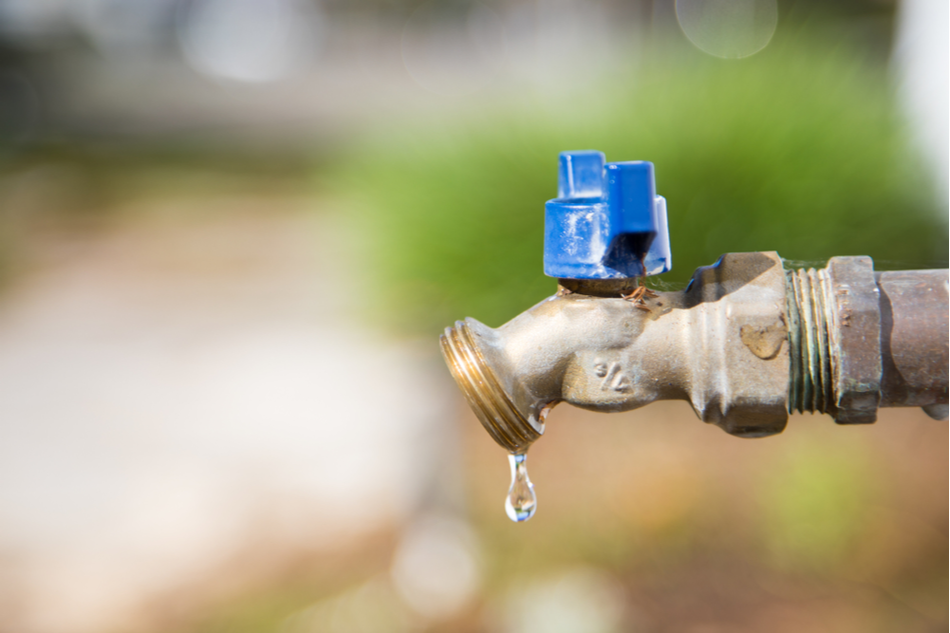Clean drinking water is already in short supply in many places around the world, but the situation is only expected to get worse with climate change. Figuring out ways to desalinate brackish water or seawater in an efficient and scalable way is key to mitigating the global water crisis. A breakthrough from the University of Tokyo has brought us a step closer to a feasible solution for clean drinking water.
Teflon-inspired desalination membrane
The new invention involves a desalination membrane that the developers claim is faster and much more energy-efficient than existing technologies. The membrane consists of a series of nanoscale tubes coated with a Teflon-like material that repels salts while allowing water to flow through in a frictionless manner, reports New Atlas.
While we’ve previously written about systems using membranes to filter out salts and impurities, the new tech is reportedly superior for a few reasons. Most of it has to do with the fact that it uses fluorine — a hydrophobic material that gives Teflon its sought-after non-stick properties. Fluorine is also often used to coat the pipes to allow water to flow smoothly. And, just as a side note, fluorine is not the culprit material responsible for the health concerns associated with Teflon.
Using fluorine nanorings to filter out salt and impurities
As part of the new study, the scientists created a membrane with fluorine nanorings between 0.9 and 1.9 nanometers wide. They then flowed seawater through the membrane, keeping track of the number of chlorine ions (a major component of salt) on both sides of the membrane. The team found that the fluorine rings filtered the water quicker and more effectively, using both less energy and pressure compared to other desalination techniques.
“It was very exciting to see the results firsthand,” said study lead author Yoshimitsu Itoh. “The smaller of our test channels perfectly rejected incoming salt molecules, and the larger channels too were still an improvement over other desalination techniques and even cutting-edge carbon nanotube filters. The real surprise to me was how fast the process occurred. Our sample worked around several thousand times faster than typical industrial devices, and around 2,400 times faster than experimental carbon nanotube-based desalination devices.”
The team now plans to figure out ways to further decrease the amount of energy required to make the fluorine-based membrane, to eventually make membranes that are 3.3-ft wide.
Source study: Science — Ultrafast water permeation through nanochannels with a densely fluorous interior surface











